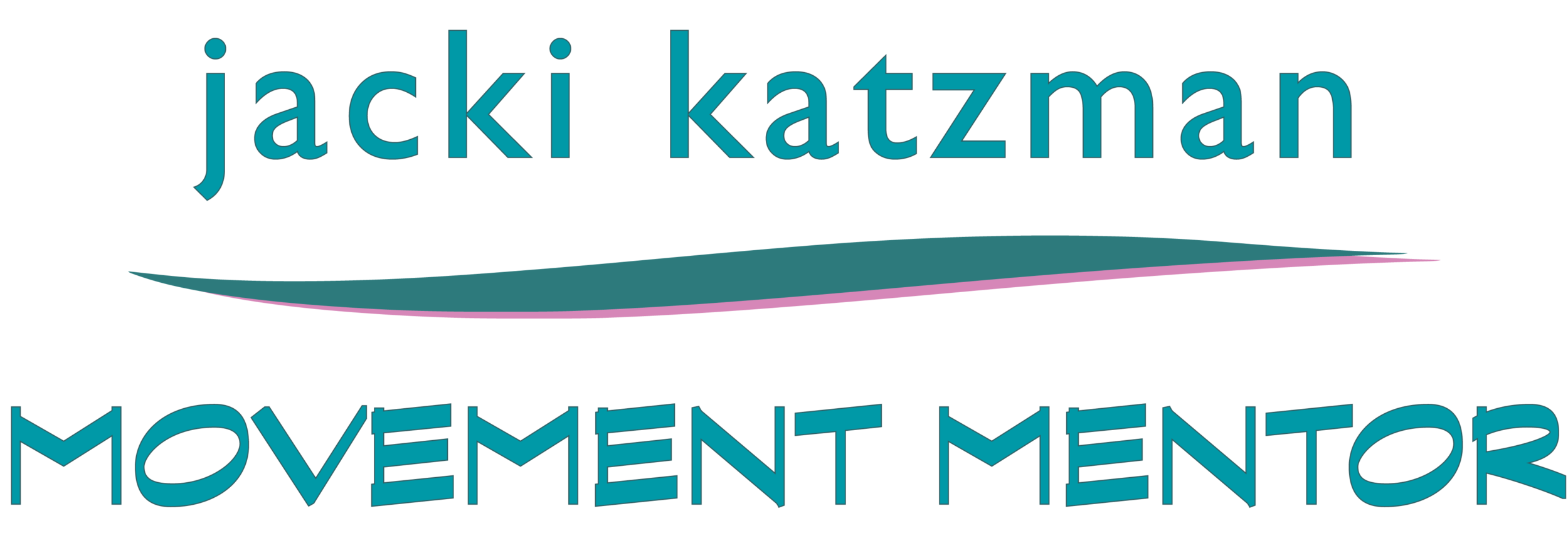Prayer Hands - The Universal Gesture of Devotion
Moshe Feldenkrais was not a religious man, but he recognized that a sense of devotion is universal among all peoples. In the original recording of the “Prayer Hands” lesson, Dr. Feldenkrais develops the hands, breath and spine together as a portal to the feeling of devotion, however one experiences it. He constantly reminds his students that the slower and more gentle their movements, the greater the feeling generated. He makes a joke about doing the movements powerfully, muscularly, as calisthenics: “No god is going to answer a prayer like that!”
If you have 15 seconds, bring your palms together in front of your chest with the palms barely touching. Inhale, rock forward on your sitz bones, let the belly release, and arch the back to raise the eyes and the hands together. Then round your back, exhale, let the head and hands bow.
And here is the full lesson transcript. We begin with small movements in lying or sitting, and eventually, if it works for your body, get into a full-body to-the-floor bow. Only go as far as your mind, body and spirit find comfortable. Remember - if at any point you find yourself in discomfort you stop learning. No point in that.
Prayer Lesson
1. Begin lying on your back with hands together. Move hands towards head. Gentle pressure of hands together. Height and size of movement is unimportant. But the rate of movement is important – whatever feels devotional.
2. Sitting. Hands palms together. Move hands upwards in ‘prayer”. You may close eyes.
3. Pray with the right hand only. What is the sound of one hand praying?
4. Pray with the left hand. That is the pressure on the right.
5. Hands together. Attend to how high and low do the hands move. How do we know to stop going upwards, downwards? What allows the change of direction?
6. Move forward and backwards with movement of hands. Rocking pelvis and hands follow. Change direction up or down when hands come to face.
7. Move a bit to Right, then left doing the movement. Notice where you feel the end of the motion and change direction? Keep the feeling of devotion. Rotating right and left. Take your time.
8. Move hands to right, head in opposite direction. Slowly. Hands up and down, head other way. When is it move comfortable to turn – hands up or down? Soften shoulders. If you are tired you are not praying.
9. Movement of the head is like lapping up with the tongue. Allow the tongue to lap a few times while moving forward. Hands hold in steady distance to head.
10. Try the movement of head and hands with walking. As Moshe says: “‘Gritting teeth’ wont ‘get an answer from any god.”
11. Hands lift a bit higher and notice how the head moves. Then lift hands above head. Look to the highest point. The eyes cant go further than the zenith. Try it with closed eyes and try to exceed the zenith.
12. Stand on right foot and left knee knee. Lift hands and head then back down in a simple movement in center. Then point the entire torso to left and continue lifting and returning. Where does the bending occur – spine or hip joints. Then to middle, and back to left. Repeat on the other side, left knee standing, lifting to right.
13. Both knees on floor. Hands may go to floor. Bow in prayer as a Hindu or Moslem or the cantor on Yom Kippur, bringing your forehead to the floor.
14. Get up, walk around, hold the energy of devotion and carry it into your day.

